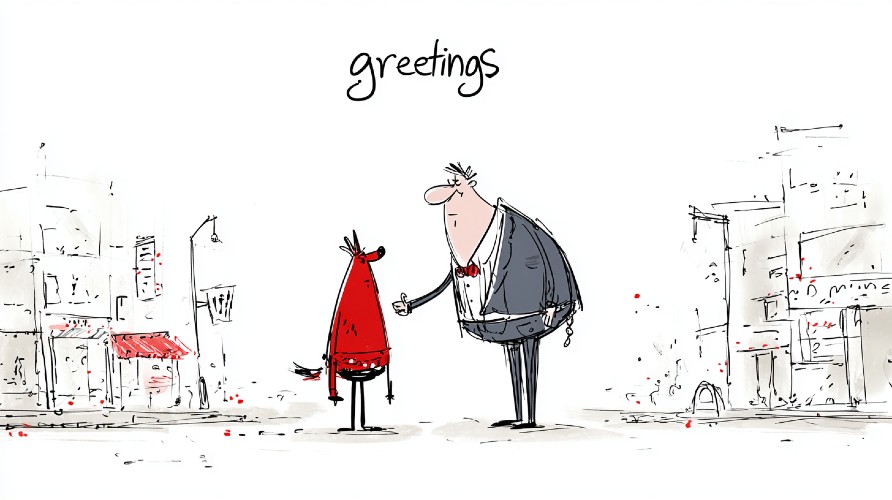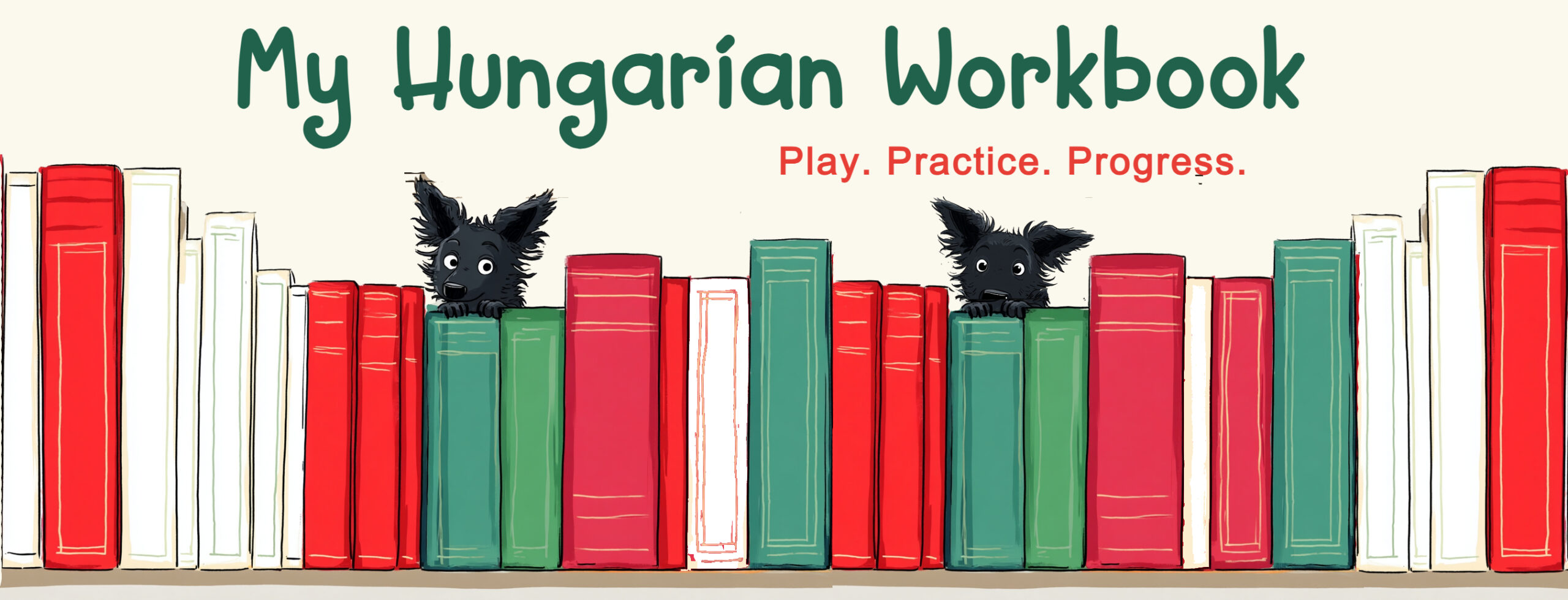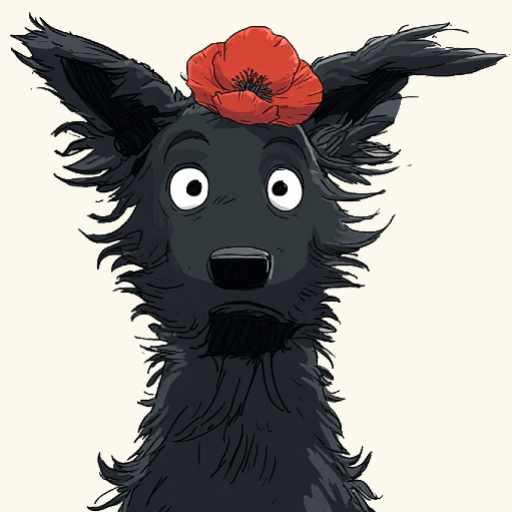Hungarians are a bit picky about greetings – after all, this is how you make your first impression, isn’t it? They’ll read stories from the selection of the greeting phrase, the tone, the volume. And here and there, they‘ll even use these to send underlying messages to the recipients and the audience.
But don’t worry, most Hungarians are understanding with foreigners – and tolerate a hundred times more than from fellow Hungarians.
When deciding how to greet someone, Hungarians will quickly assess the situation, recall the relevant rules and exceptions, then differentiate, integrate, and run multivariable regressions – all in the blink of an eye – just to choose the proper greeting. The outcome usually follows a few general rules of thumb:
If you wouldn’t use “tegeződés” with someone, don’t say “Szia!” or “Helló!”, either. Not to mention, “Hali!” or “Halihó?” or “Hi!” (yes, the English “Hi!”, pronounced “háj”) – which are common but still slang. (If you would like to read more about „tegeződés” and „magázódás”, check this post: „About „tegeződés” and „magázódás”.)
“Jó reggelt!” (Good morning), “Jó napot!” (Good day/morning/afternoon!), “Jó estét!” (Good evening), “Jó éjszakát!” (Good night) – these are all safe to use with anybody. Even with friends or family – because it can come across as having a sense of humor. Or at least something like a sense of humor. It is the same with “Üdv!” in writing.
And with “Jó éjt”, “Jó éjszakát”, “Jó reggelt”, “Jó estét”, we don’t even have anything else to refer to the time in the day, so this is what we have to use with friends and family, too.
Learn and practice greetings in Hungarian in this sheet: Greetings
In casual situations, with friends, people you are on “tegeződő” terms, “Szia!” (“Sziasztok” is the plural for greeting plural number of people) or “Helló!” is good enough. While “Hi!” (yes, that one) or “Hali!” are considered slang.
And with “Puszi”? Well, you’ll hear it here and there. People who greet each other with a kiss on the cheek, will often say “Puszi!” to each other, too – because, I bet you are surprised now: „puszi” means „quick kiss” (with lips) in English. Young girls, family members, friends… However, it is safer to wait until a Hungarian says it to you, so you can reply with it, rather than initiating it.

And last, but not least, three things worth mentioning that foreigners are usually surprised by:
1) “Szia!” “Helló”, “Üdv” or “Puszi!” are used both for greeting and saying good-bye. There is no trick, they are the same words used both when coming and leaving. Just let your brain get used to it.
2) Men shake hands to greet each other. Even if they meet every day. Even if they have already known each other and regardless they are on “magázódó” or “tegeződő” terms. But no worries, in most cases, once a day is enough. In workplaces or with a group of people, you’ll often see the newly arrived man walk around and shake hands with the other men one by one.
3) Children will often use “Csókolom!” with adults. (It also means „kiss”, but it is a heritage of kissing the hand.) And many times, adults will say “Csókolom!” to elderly people who are old enough to be their grandparents. However, as “tegeződés” is becoming widely accepted, some young children will approach you with a “Szia!”
One more thing to keep in mind about greetings in Hungary: if someone older than you greets you with a “Szia!” or “Szervusz!” (used mainly by men) or “Helló!” that is an invitation for “tegeződés” and it is generally considered rude to ignore it. It is the same between a man and a woman: if the woman greets the man with a “tegeződő” greeting, she is also asking him to use “tegeződés” with her.
Overwhelmed by how many there are to remember? Don’t worry. Just start with “Szia!”, “Jó napot!”, and “Viszontlátásra!” — you’ll pick up the rest as you go.





